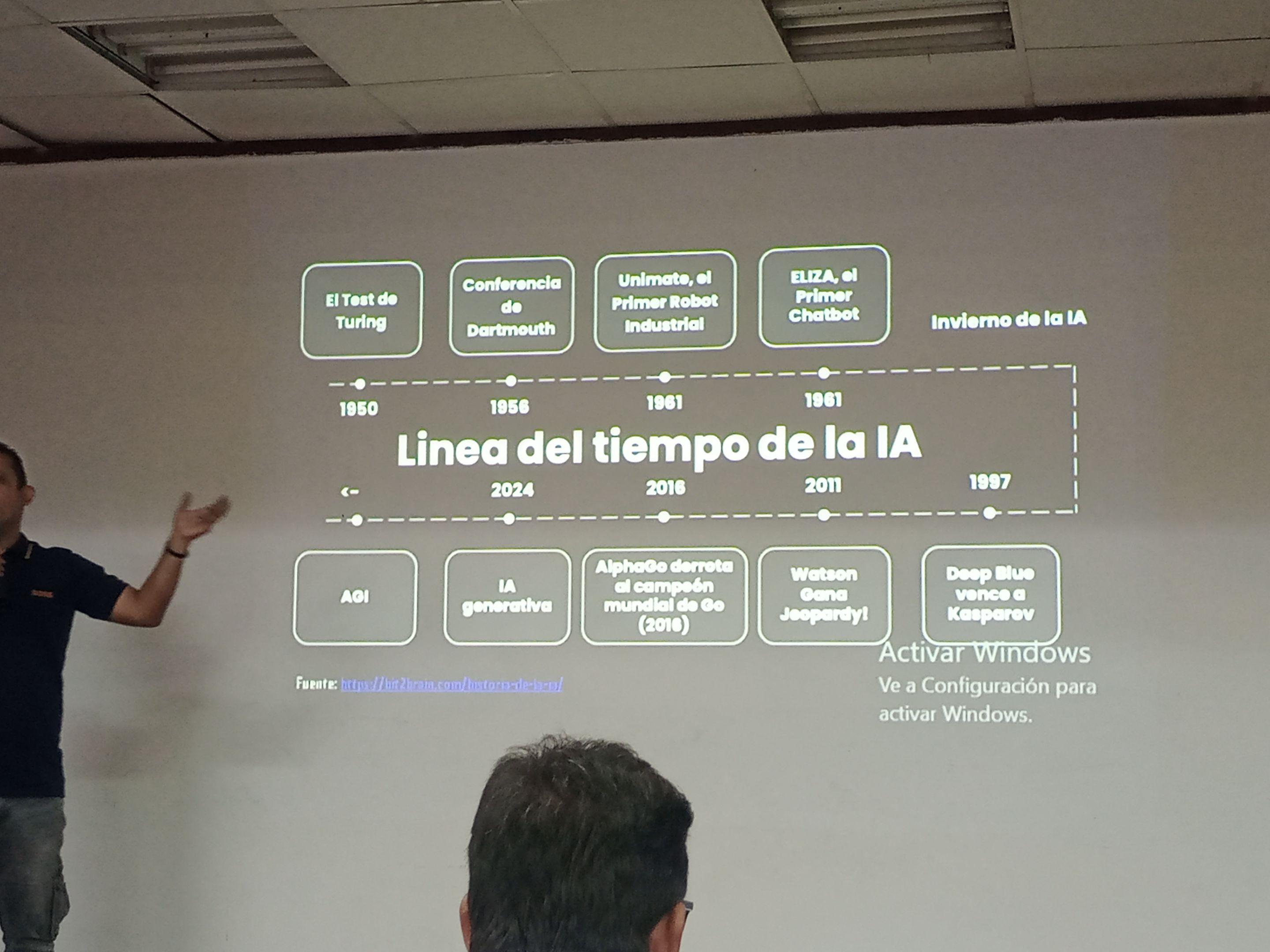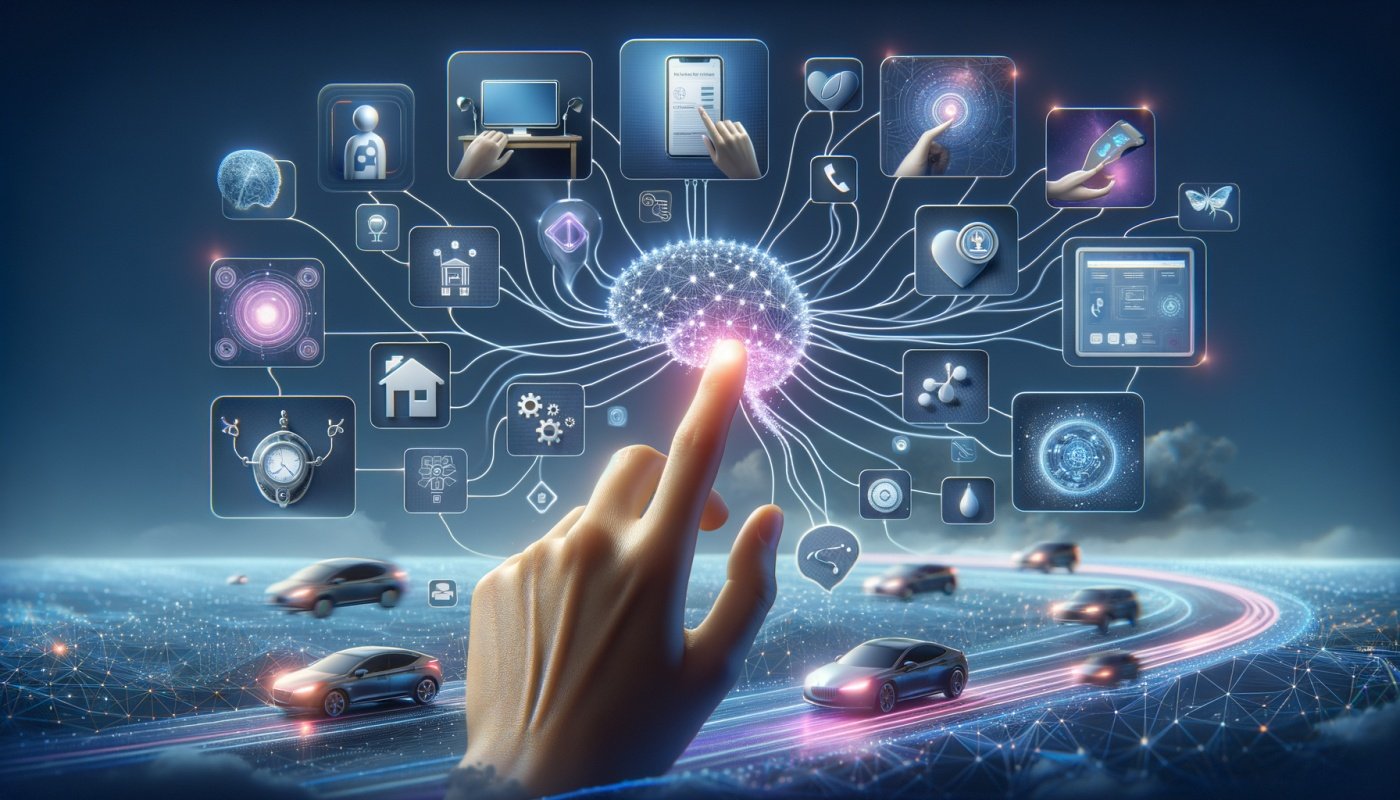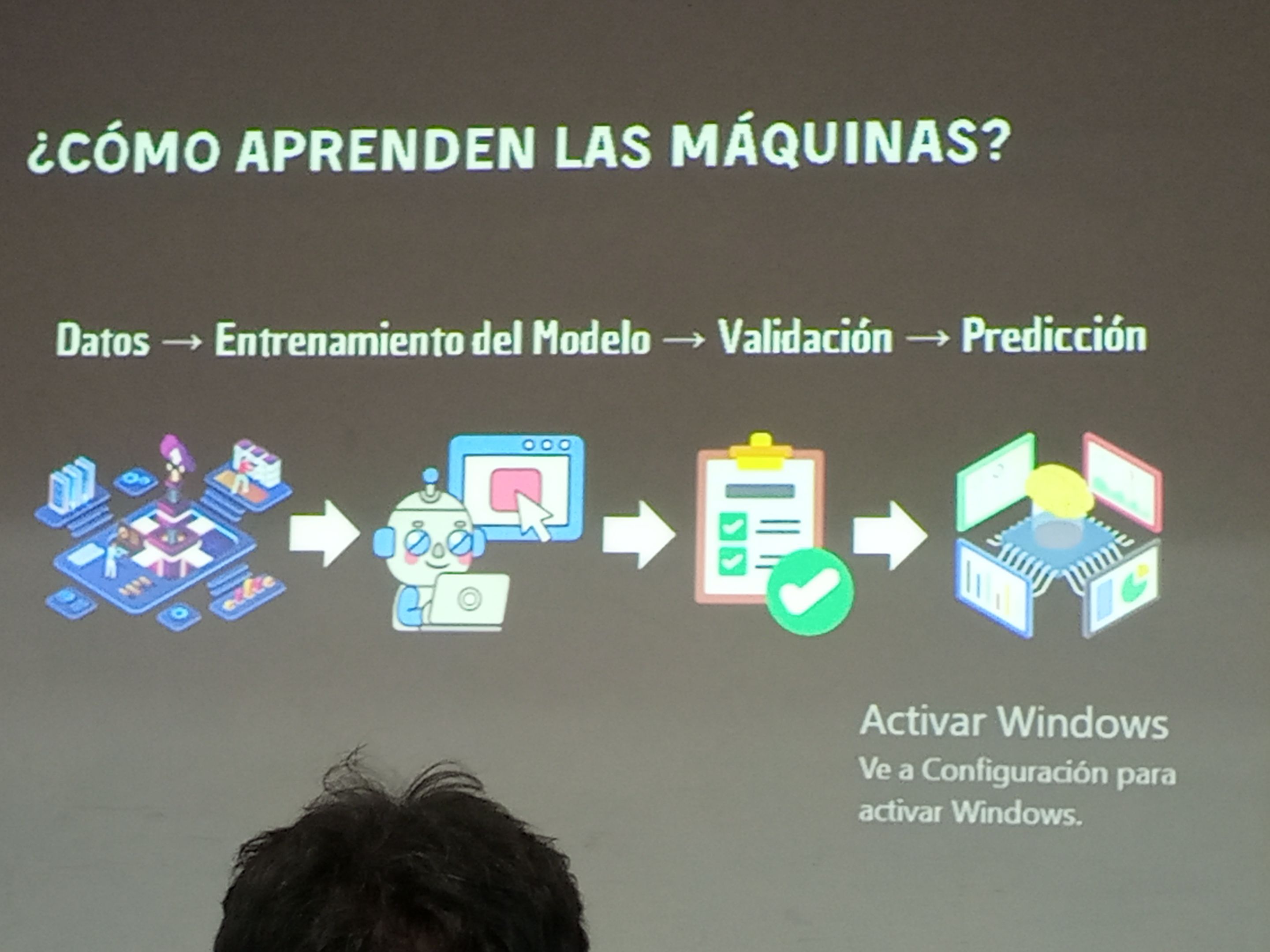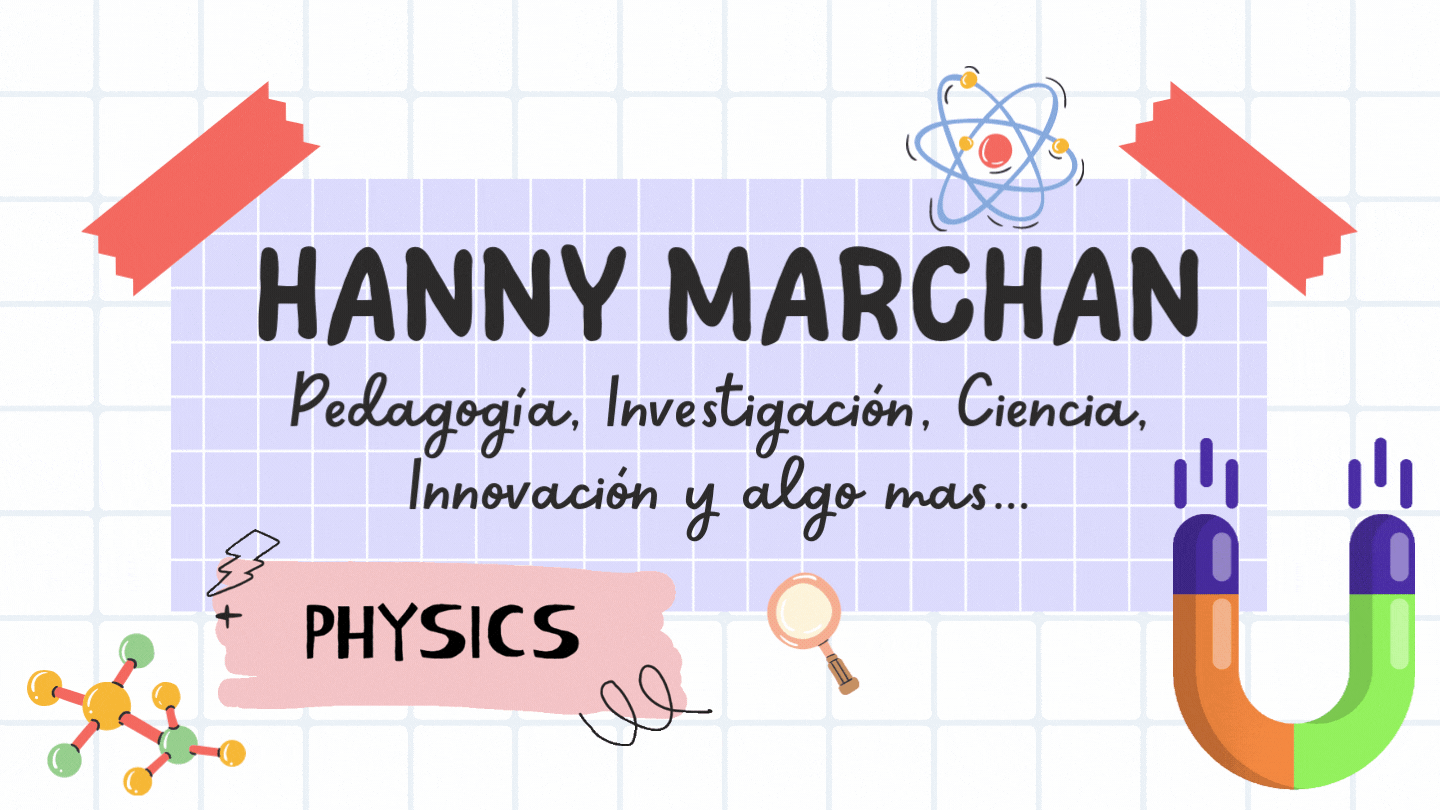Seguidamente, en el año 1961 se presenta el primer robot industrial al igual que el primer chatbot el cual es un asistente virtual que utiliza la inteligencia artificial para simular conversaciones con usuarios humanos, pero en realidad es un programa de software. Para 1997 Deep Blue una computadora de IBM en un interesante duelo de seis partidas de ajedrez logra vencer al campeón mundial Garry Kasparov, este acontecimiento sin lugar a duda marco un antes y un después en la historia de la inteligencia artificial y la computación. No obstante, en el 2011, Watson la computadora de IBM en un programa de televisión de preguntas y respuestas, algo parecido al reto al conocimiento Watson derroto a campeones humanos como Ken Jennings y Brad Rutter; con esta victoria la capacidad quedó demostrada, la computadora logro comprender el lenguaje natural, además de procesar información rápidamente y ser capaz de responder preguntas muy complejas.
La evolución de la inteligencia artificial continua en el 2016, cuando en una partida de Go un programa de inteligencia artificial desarrollado por Google llamado AlphaGo venció al campeón mundial de Go en un conjunto de partidas. Cabe destacar, que el Go es un juego de mesa considerado extremadamente complejo para computadoras y una vez más se establece un acontecimiento super importante para el avance de la inteligencia artificial. Finalmente, en el 2024 se crea la IA generativa la cual es un tipo de inteligencia artificial capaz de crear contenido nuevo, tales como textos, imágenes, música, audio y video; su principal diferencia con la IA tradicional es que la IA generativa se enfoca en tareas específicas.
Then, in 1961, the first industrial robot was introduced, as well as the first chatbot, which is a virtual assistant that uses artificial intelligence to simulate conversations with human users, but is actually a software program. In 1997, Deep Blue, an IBM computer, defeated world champion Garry Kasparov in an interesting six-game chess match. This event undoubtedly marked a turning point in the history of artificial intelligence and computing. However, in 2011, Watson, the IBM computer, defeated human champions such as Ken Jennings and Brad Rutter on a television quiz show, similar to Jeopardy! With this victory, the computer's capabilities were demonstrated: it was able to understand natural language, process information quickly, and answer very complex questions.
The evolution of artificial intelligence continued in 2016, when in a game of Go, an artificial intelligence program developed by Google called AlphaGo defeated the world Go champion in a series of games. It should be noted that Go is a board game considered extremely complex for computers, and once again, this marks a super important milestone for the advancement of artificial intelligence. Finally, in 2024, generative AI is created, which is a type of artificial intelligence capable of creating new content, such as text, images, music, audio, and video. Its main difference from traditional AI is that generative AI focuses on specific tasks.

Ahora bien, ¿Cuáles son los pilares fundamentales de la inteligencia artificial? Básicamente posee dos pilares, si sabemos que la inteligencia artificial son un grupo de ordenadores que imitan el intelecto y la conducta humana, sus pilares son el Machine Learning y el Deep Learning. El Machine Learning también conocido como aprendizaje automático, se trata de una parte de la inteligencia artificial que se encarga en el desarrollo de algoritmos estadísticos que permiten la implementación de la inteligencia artificial a través del procesamiento de datos. Por otra parte, el Deep Learning o aprendizaje profundo se trata de subconjuntos del aprendizaje automático que mimetiza las redes neuronales.
No obstante, la inteligencia artificial se divide en tres tipos, la primera de ellas es la Inteligencia Artificial Estrecha (ANI) se basa es un aprendizaje automático, esta inteligencia se especializa en una sola área y resuelve problemas específicos; la Inteligencia Artificial General (AGI) hace referencia a una computadora que es tan inteligente como un humano en todos los ámbitos; finalmente, se encuentra la Superinteligencia Artificial (ASI) la cual es un intelecto superior, ya que es mucho más inteligente que el mejor cerebro humano en prácticamente cualquier campo.
So, what are the fundamental pillars of artificial intelligence? Basically, there are two pillars. If we understand artificial intelligence to be a group of computers that mimic human intellect and behavior, its pillars are machine learning and deep learning. Machine learning is a part of artificial intelligence that is responsible for developing statistical algorithms that enable the implementation of artificial intelligence through data processing. On the other hand, deep learning is a subset of machine learning that mimics neural networks.
However, artificial intelligence is divided into three types. The first is Narrow Artificial Intelligence (ANI), which is based on machine learning. This intelligence specializes in a single area and solves specific problems. General Artificial Intelligence (AGI) refers to a computer that is as intelligent as a human in all areas. Finally, there is Artificial Superintelligence (ASI), which is a superior intellect, as it is much more intelligent than the best human brain in virtually any field.

[Source](https://udax.edu.mx/experiencia/tecnologia-y-software/como-la-inteligencia-artificial-impacta-nuestra-vida-cotidiana?srsltid=AfmBOoq61K6Mjz-BlNX-69LQCs7Zmb5Cl_sLbV4jzcIFq8p3gB9kqYJP)
Sin embargo, surgen muchas dudas con respecto a los avances computacionales, por lo que es propicio preguntarse, ¿Cómo aprenden las máquinas? Lo primero es los datos, las maquinas necesitan alimentarse de muchas cantidades de datos para poder aprender, esto sirve para que la IA pueda identificar patrones, relaciones y tendencias que probablemente las personas no pueden detectar con facilidad. Como segunda técnica esta el entrenamiento del modelo y es allí cuando los algoritmos procesan los datos de entrenamiento, ajustan los parámetros internos del modelo y a su vez mejorar su capacidad para realizar la tarea necesaria; el tercer paso es la validación lo cual es un proceso de comparación con un conjunto de datos de referencia, un ejemplo de ello es la industria médica, se obtienen diagnósticos médicos y los resultados obtenidos se comparan con expertos humanos; el ultimo paso es la predicción y es las proyecciones de efectividad de la máquina.
However, many questions arise regarding computational advances, so it is appropriate to ask, how do machines learn? The first thing is data; machines need to be fed large amounts of data in order to learn. This allows AI to identify patterns, relationships, and trends that people may not easily detect. The second technique is model training, which is when algorithms process training data, adjust the model's internal parameters, and improve its ability to perform the necessary task. The third step is validation, which is a process of comparison with a reference data set. An example of this is in the medical industry, where medical diagnoses are obtained and the results are compared with human experts. The final step is prediction, which involves projections of the machine's effectiveness.

Finalmente podemos concluir con todas las ventajas que presenta la inteligencia artificial y sus diversas aplicaciones en la vida diaria, en los comercios podemos gozar de las bondades de la inteligencia artificial en los lectores de los códigos de barra y en los asistentes de pasillo que nos ayudan a encontrar productos. En el ámbito médico, se encuentran brazos mecánicos, así como también los gemelos digitales para cirugías y diagnósticos; en la parte automotriz se aplica la inteligencia artificial es los brazos robóticos. Como podemos ver son muchas las aplicaciones de la I; sin embargo, hay algo que dejar muy claro y es que… La IA es una herramienta, no es una solución mágica.
Finally, we can conclude with all the advantages offered by artificial intelligence and its various applications in everyday life. In stores, we can enjoy the benefits of artificial intelligence in barcode readers and aisle assistants that help us find products. In the medical field, there are mechanical arms, as well as digital twins for surgeries and diagnoses; in the automotive sector, artificial intelligence is applied in robotic arms. As we can see, there are many applications for AI; however, there is something that must be made very clear, and that is that AI is a tool, not a magic solution.
-----------------------------------------
La IA no reemplazará a los humanos, pero los humanos que usen IA se reemplazaran a los que no lo hagan
AI will not replace humans, but humans who use AI will replace those who do not.
-----------
Ya para despedirme espero que el tema sea del agrado de los lectores y deseo ver en los comentarios sus opiniones y aportes significativos que ayuden a la ampliación del tema y que genere un debate crítico y enriquecedor para la satisfactoria divulgación del conocimiento científico
In closing, I hope that the topic is to the readers' liking and I hope to see in the comments your opinions and significant contributions that will help to broaden the topic and generate a critical and enriching debate for the satisfactory dissemination of scientific knowledge.
-----------------------
Traductor Deepl
Translator Deepl
---------------


Posted Using [INLEO](https://inleo.io/@hannymarchan/la-robtica-para-una-educacin-del-futuro-generalidades-de-la-inteligencia-artificial-robotics-for-the-education-of-the-future-overview-of-artificial-intelligence-hgj)
#hive-196387
#inleo
#stem-espanol
#spanish
#ciencia
#educacion
#ia
#robotica
#tecnologia
Payout: 0.000 HBD
Votes: 748
More interactions (upvote, reblog, reply) coming soon.